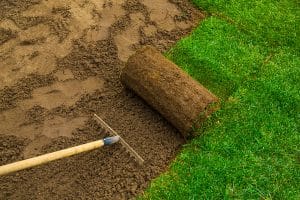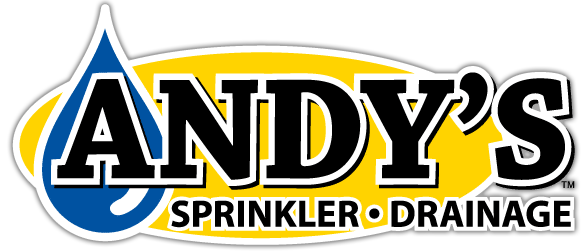Can Your Lawn Tolerate Any More Brown Spots?
 You have a beautiful lawn. You have worked tirelessly over the years to plant the perfect blooming flowers and shrubbery. But you have brown patches on the grass. Why? Bright, green grass will turn a sickly brown color when the roots no longer receive water or nutrients from the soil. Often, this is the result of extended heat or drought. Here in Texas, we’re no stranger to either.
You have a beautiful lawn. You have worked tirelessly over the years to plant the perfect blooming flowers and shrubbery. But you have brown patches on the grass. Why? Bright, green grass will turn a sickly brown color when the roots no longer receive water or nutrients from the soil. Often, this is the result of extended heat or drought. Here in Texas, we’re no stranger to either.
Lack of Water
Let us first examine the primary cause of brown spots on your lawn: a lack of water. Your yard does not have a uniform soil composition. It is made up of many different types of compositions – from sandy areas to rich organic matter to clay. As such, your lawn requires different levels of watering each day. When the grass is deprived of water, the sandy area is first to be affected. It will turn brown as the grass shrivels or wilts.
Your sprinkler system must be delivering the minimum amount of water for your lawn to thrive. Unfortunately, too many homeowners are unclear on the proper amount of water. You can schedule a landscape professional to assess your lawn.
Brown Spots
With zero rainfall and a broken sprinkler system, your lawn (already suffering from brown spots) could completely die within the next few months. There are a few factors that determine the speed at which your lawn falters. For starters, the type of grass makes a huge difference. Carpetgrass, for instance, without any infestation, will die within a month. Other types can hold on for a few months longer.
Furthermore, the amount of water the lawn receives, plus nutrients, pest infestations, drought, weather, and sunshine all factor into the browning of your lawn.
Schedule expert sprinkler system repair, drip irrigation, and drainage system services to rid your lawn of unsightly brown spots. Call Andy’s Sprinkler, Drainage & Lighting at (972) 418-6998!
